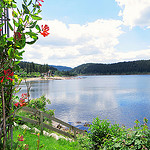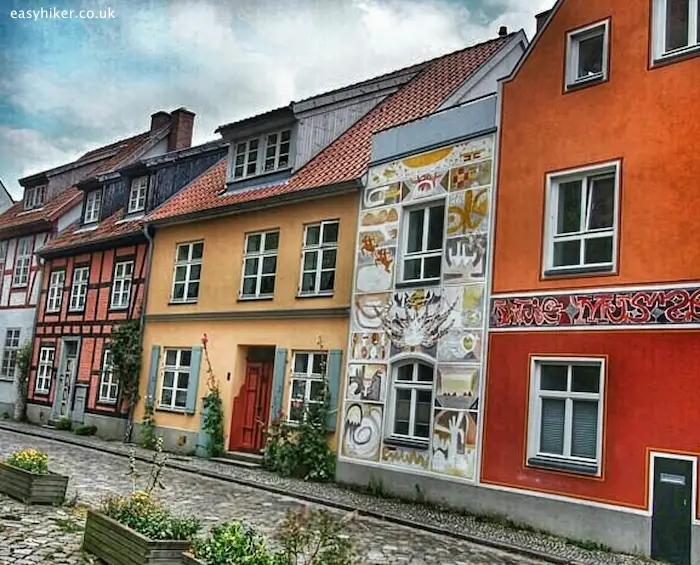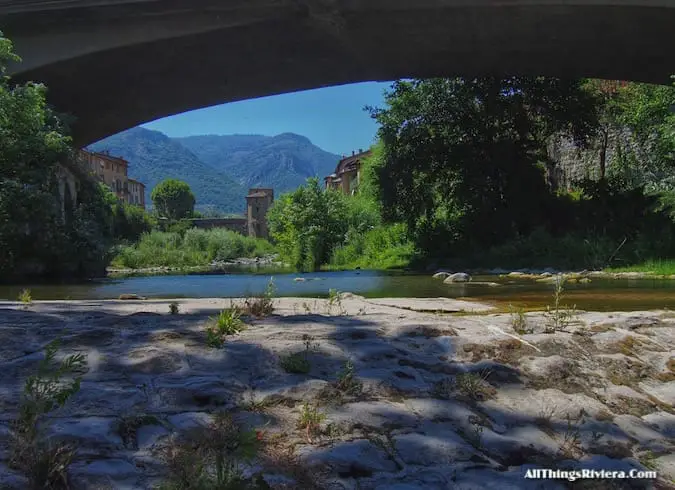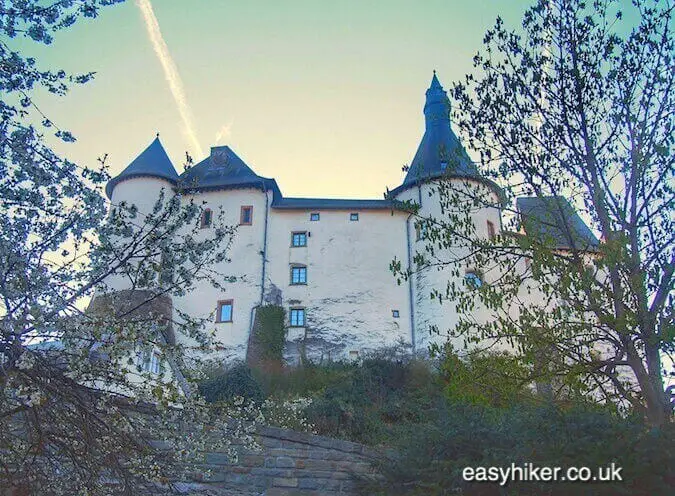Borderlands are special places. Even small towns freely mix cultures and languages in a way which you would normally associate with airports or the great cities of the world, and are characterized by an attractively easy familiarity with diversity in its many guises.
But borderlands are also no strangers to violent conflicts, and even along the many “happy“ and peaceful frontiers of today’s Western Europe, you can discover vestiges of past encounters that were decidedly less peaceful.
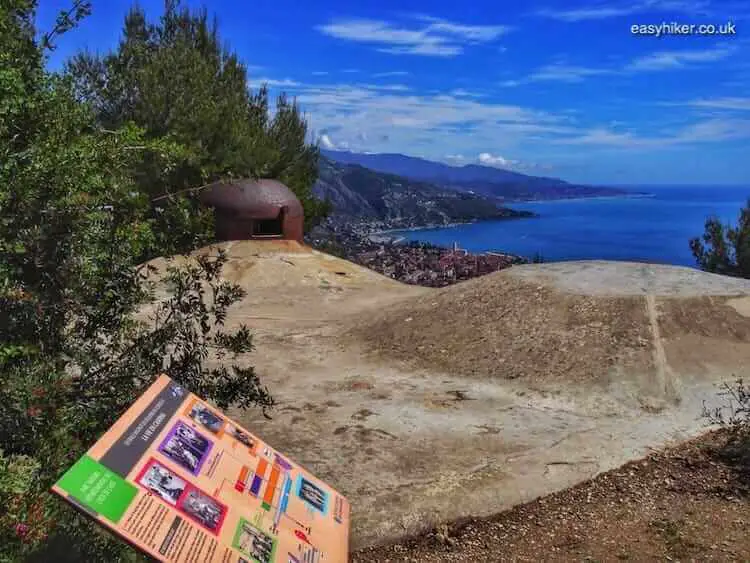
In the age of the EU and its Schengen agreement, most borderlands in Western Europe have become practically invisible.
We too easily forget peace along borderlands has not always been so and that wars between neighbours were anything but unimaginable for most of the 20th century. The present political climate is often likened to that of the 1930s, but in one respect at least the differences could hardly be bigger.
Back then, every country was eyeing every other country in its neighbourhood with suspicion. Diplomatic relations between France and Italy have currently hit a bit of a rough patch, but this is nothing to the situation 80 years ago when the two Mediterranean neighbours were constantly on the edge of war.
In those years, the French decided to give its Maginot Line – the fortifications on the German border – a kid brother in the southeast. One section of these defensive structures has survived and is preserved as a historical monuments in the Parc du Cros de Casté near Roquebrune, high above the famous coastline of the French Riviera.
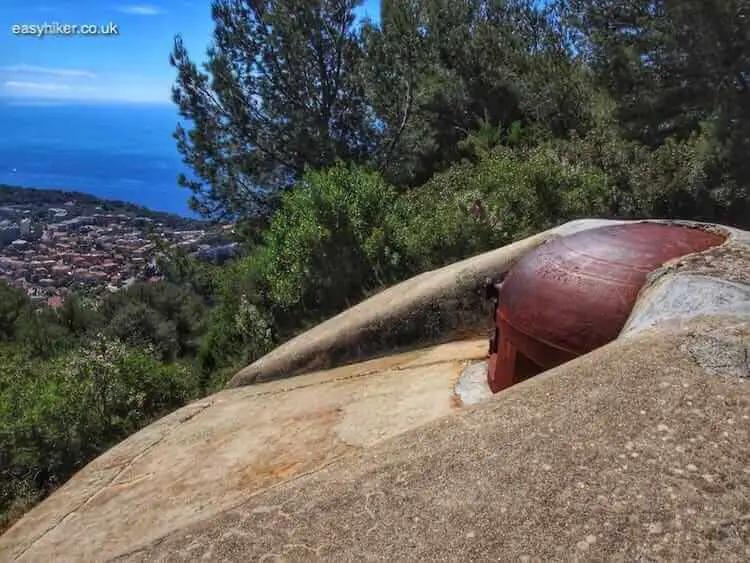
Borderlands and Military Finds
To get there, take bus no. 21 from Menton to Roquebrune Village. The bus stops on the far side of the car park in front of Menton train station, but leaves only every 2 hours, so you should carefully synchronize your arrival by train. (Your best bet may be the bus departure at 11:11 hrs.)
After descending from the bus in central Roquebrune, turn right (uphill) and cross the medieval village. You may as well take advantage of the opportunity because Roquebrune with its medieval castle and its well-kept and pretty streets is one of the most attractive places in the entire area …
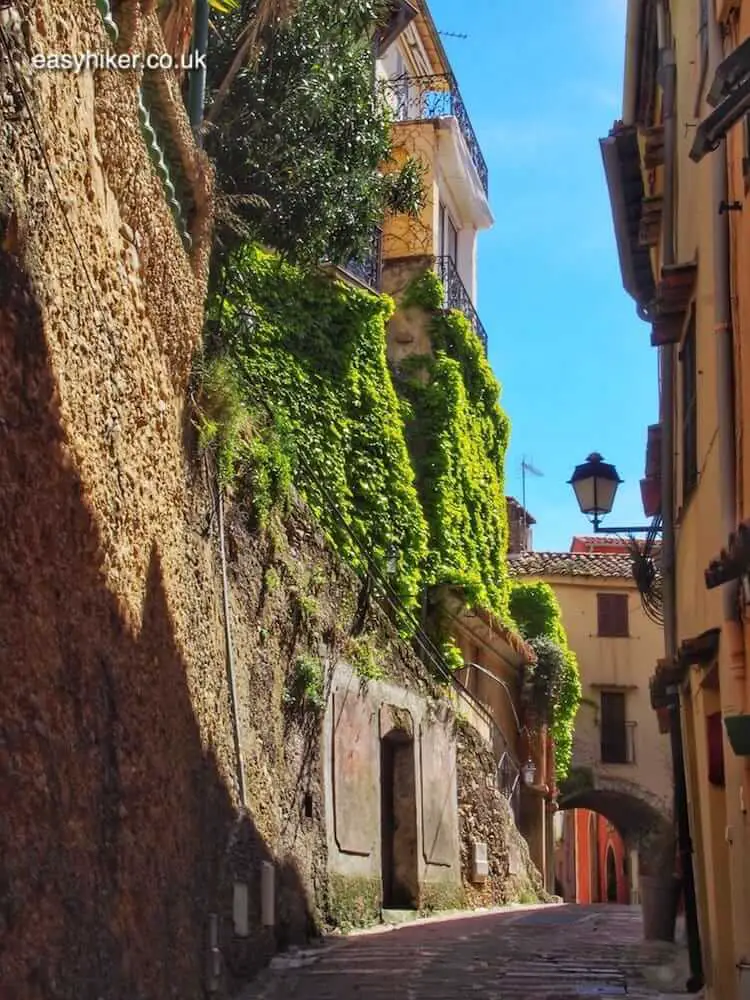
… and the scenic views (of Monaco, in this case) you encounter on the way will bring out the picture postcard photographer in you.
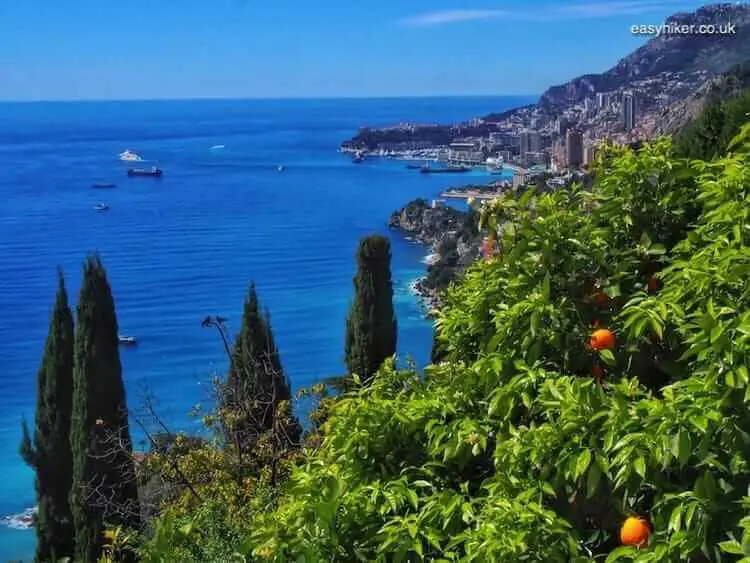
Make your way to the Eglise Sainte Marguerite and then, standing in front of the church, take the flight of stairs on your left.
Walk up and turn right immediately behind the archway into Rue de la Fontaine which will lead you straight to this fork of the road where you must opt for the Route de Gorbio.
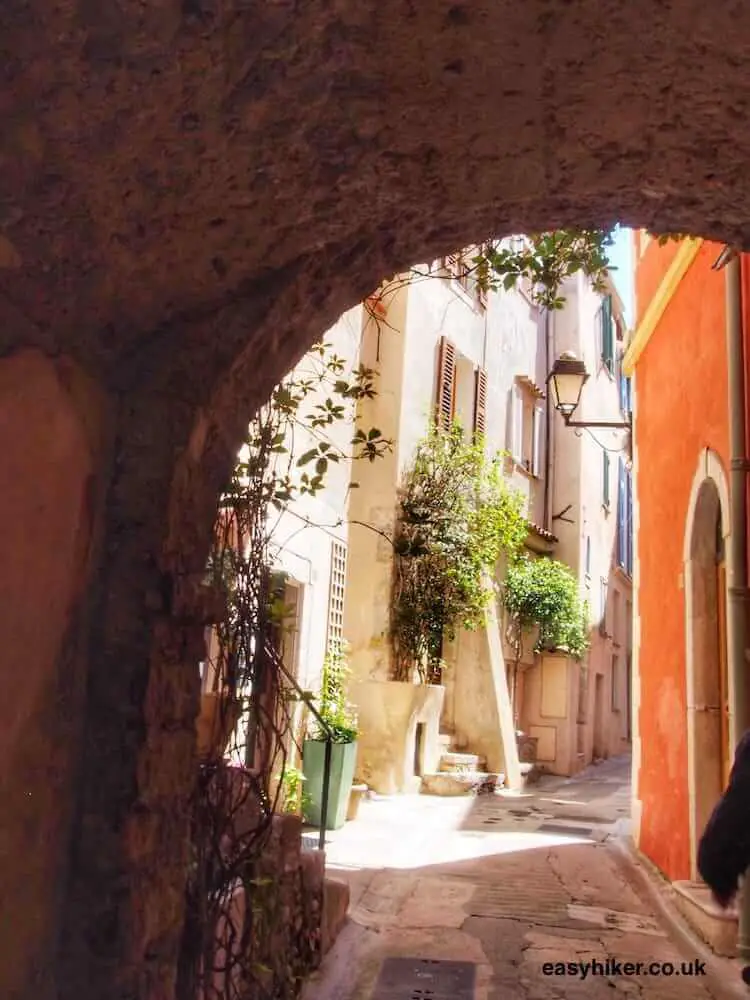
At the cemetery, take a sharp left, leaving the asphalted Route de Gorbio in favour of the narrow and steep foot path for a trip into the Mediterranean countryside …
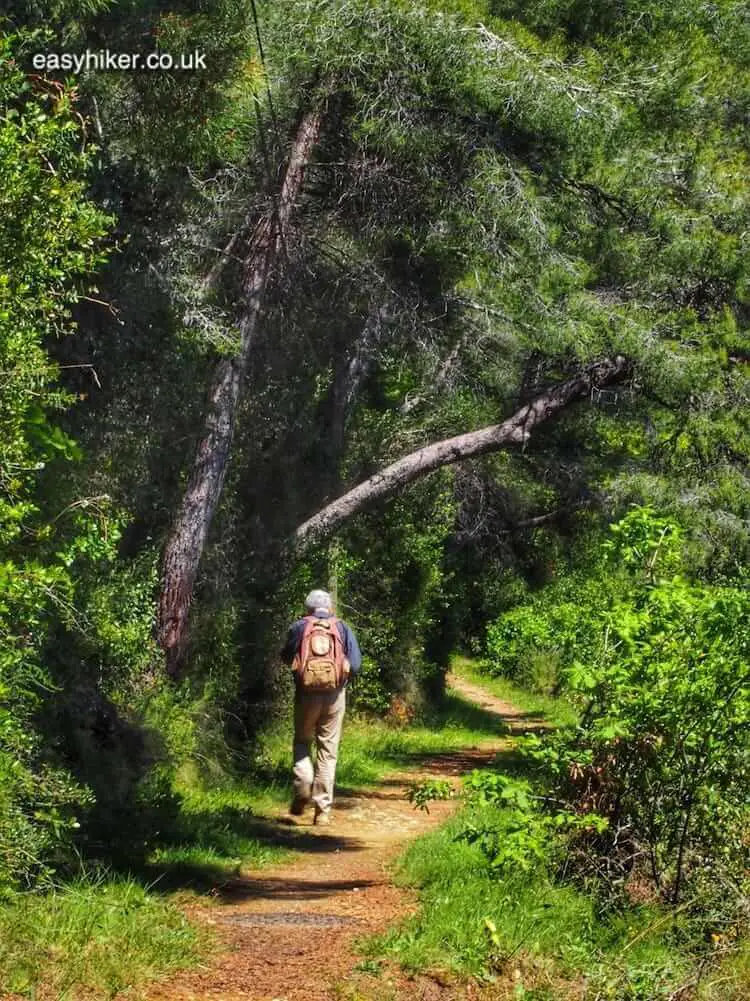
… and eventually to the central block of the old fortifications.
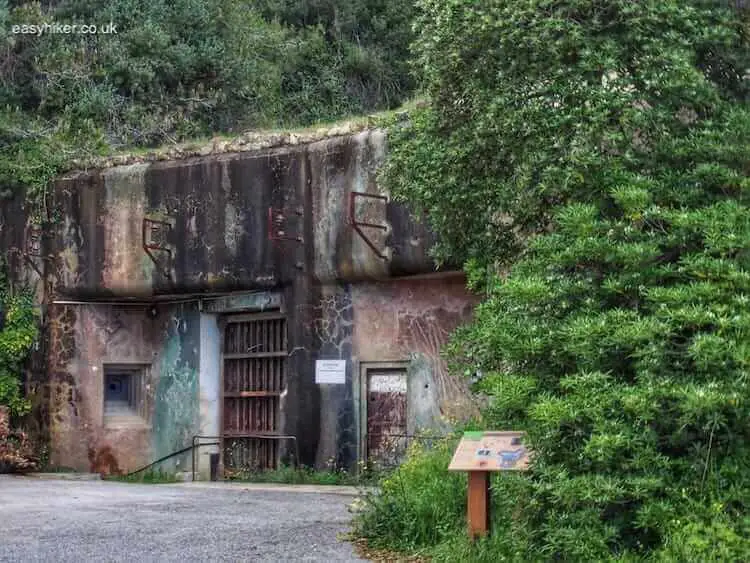
You are now standing in front of the garrison’s only two entrances: the one on the left was designed for ammunition and equipment, the iron door on the right was where humans entered the subterranean complex.
Several hundred soldiers lived here underground in the 1930s – sometimes for weeks and months without seeing the sunlight.
Peek inside through the holes in the iron door: you will not see much but this is as near as you will get to the insides of the fort which is not accessible.
Not because they may harbour any state secrets, the facilities have not been in use for decades (the last of the Maginot Line buildings were abandoned in the 1960s), but because they are crumbling and unsafe.
Most of the garrison’s over ground buildings, meanwhile, still look in good shape – they are not that old, after all, and were constructed for resilience above all – and a trail, lined with information panels and orientation maps, leads you from block to block.
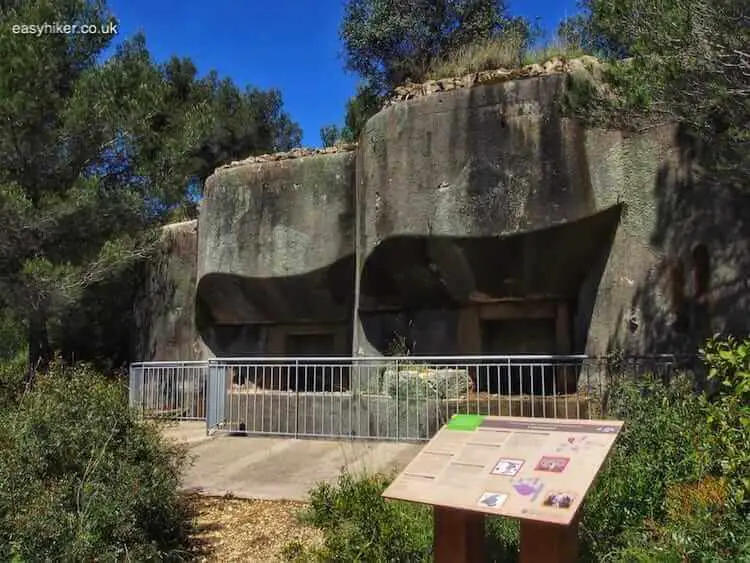
The panels provide you with facts about the facility’s military purpose – it was meant to slow down the advance of the enemy and draw him into a war of attrition that France was confident of winning, with the help of Britain and the US – but also give you some insights into the often lonely lives of the men who manned these stations.
And yes, the openings that you can see …
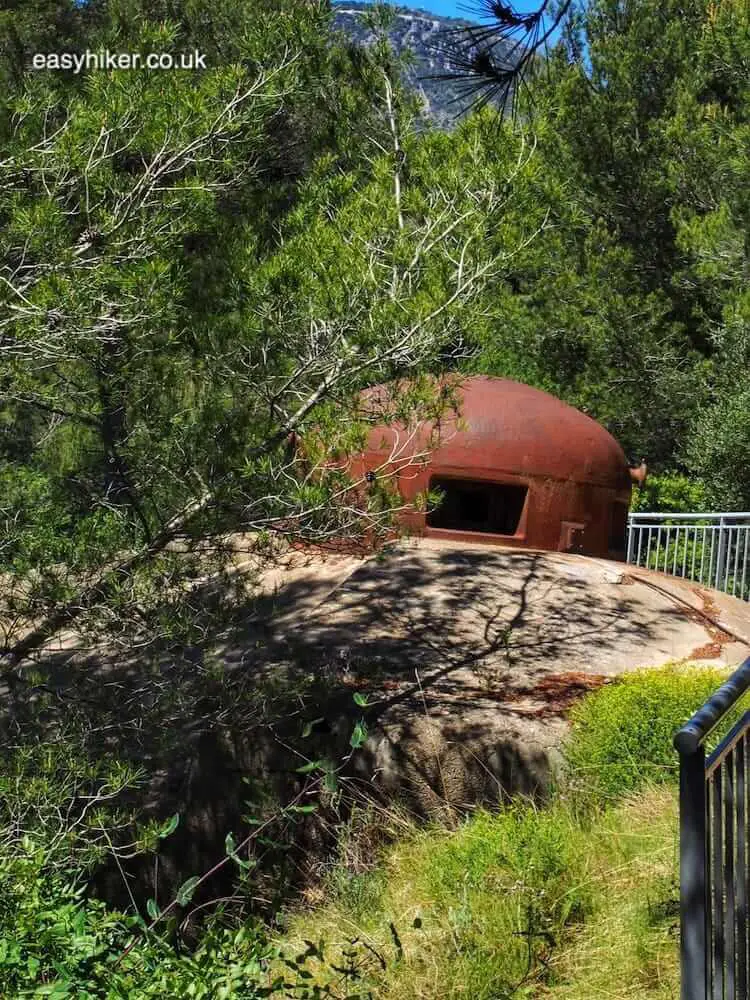
… were meant for machine guns and heavy artillery. These were violent times, after all.
You may want to know, too, that the Maginot Line’s little brother actually worked quite well, certainly better than its sibling in the north.
The Italians, in contrast to the Germans who were faced by a long Maginot line and could pick its weakest spot, had to pass into France through the “eye of the needle” strip of land between high mountains and the sea.
They never did and were stopped just east of Roquebrune, having not gotten further than Menton when the French-Italian armistice of 24 June 1940 ended WWII’s first “Battle of the Alps”.
Take your time to walk around and explore the park: it is quite pretty and well worth visiting, even if you have no interest whatsoever in military history.
There are splendid views of the coast on either side …
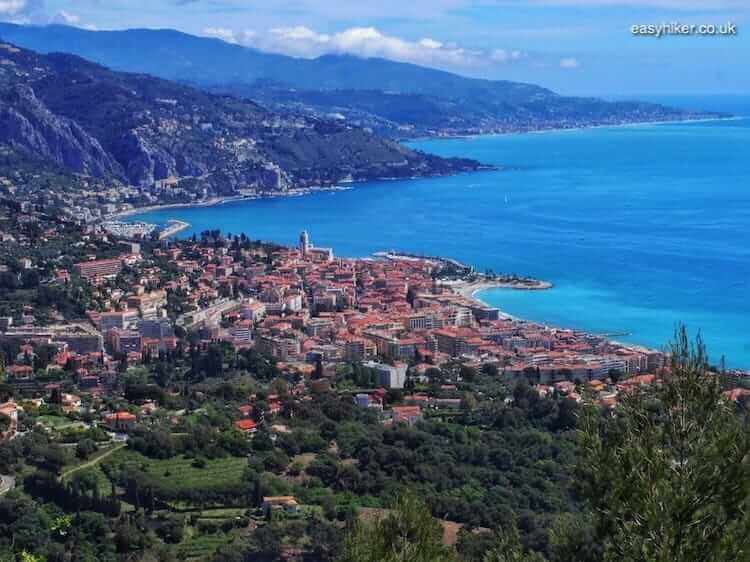
… and if you still have some excess energy after walking around, you can try out the sporting equipment that has been installed by the regional administration authority (the Departement des Alpes Maritimes) which manages the site.
Enjoy a workout session in what must be one of the world‘s most scenically located gyms.
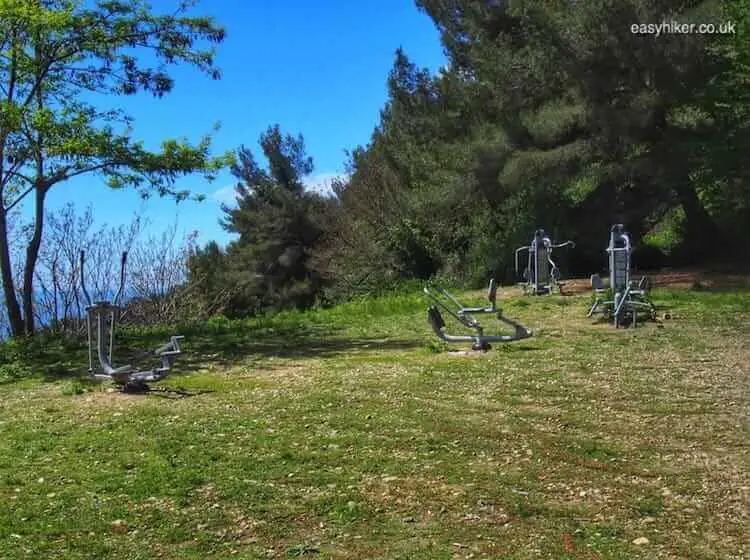
You can leave the park either through the gates near the gym (which lead into a relatively busy road) or return the way you came which may be your better option.
We recommend to descend from Roquebrune not through the village (not least because the buses are so infrequent that you would have to be lucky to catch one) but by turning left at the fork into Rue de la Fontaine.
This will guide you past the olivier millénaire, an allegedly 1000 year old olive tree, and Coco Chanel’s La Pausa retreat where she hosted – among many other celebrities – Winston Churchill.
Churchill stayed here on various occasions for several months at a time, mainly working on his “History of the English Speaking Peoples” but also finding the time to paint this view of Menton from his private quarters.
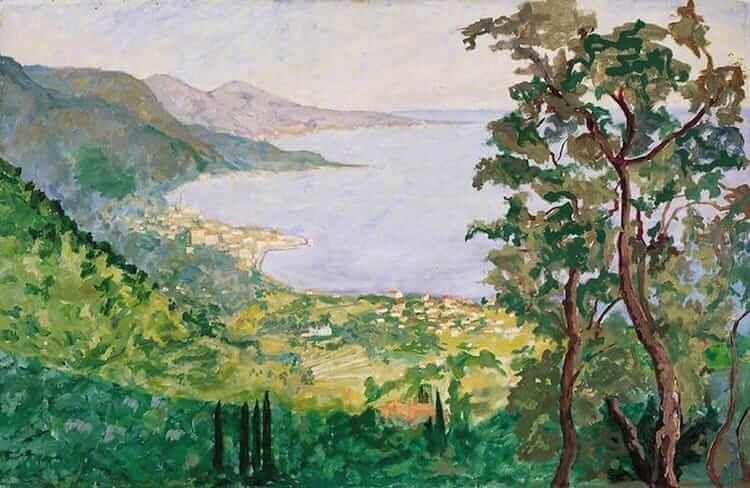
This is a slightly long walk, but it will get you to Carnoles high street eventually from where you can take the train or bus line no. 100 in the direction of Nice and Monaco.

